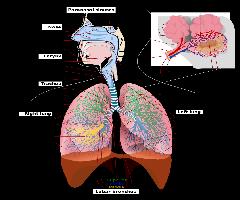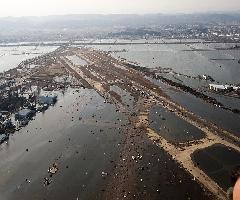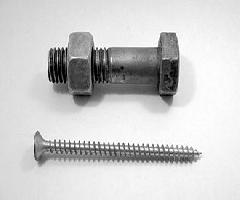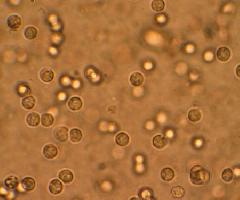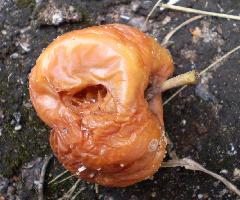The environment is everything that is around us. Some parts of the environment are alive. Others were once alive. Human beings, animals, plants and other organism are parts of the living environment. Some parts of the environment are not alive. Sunlight, air , water and minerals are parts of the nonliving or physical environment.
The study of relationships between organisms and their environment is known as ecology. Scientist who studies ecology is called ecologists.
Whenever there are plants, there are also animals. Plants, animals and other living things that may not be visible to the naked eye are called organisms. Where living
things exist, there are also nonliving things. This article describes how living and nonliving things are interrelated.Observing an Ecosystem
Find a rotting log in the garden. Observe it carefully. Are there mosses growing on the log? Are there mushrooms? Lift the log. Do you see ants or other insects moving under the log? Why do you think mosses or other tiny plants grow on the log? Where do you think the tiny insects get their food?
The rotting log is an example of a small ecosystem. It has living components – the mosses and the insects. It has nonliving components – the soil, the air around, sunlight and moisture. The insects use the log as their home. The log provides the mosses and other organisms a place to grow. In this place, the living components interact with the nonliving components.
As you have seen, a log ecosystem has both living and nonliving components. The living components – animals, plants and other organism- are biotic factors of an ecosystem. Human beings are also part of the biotic factors. The nonliving components – sunlight, air, water, soil,
temperature, minerals and others – are the abiotic factors.Within an ecosystem, there are many different places where a specific organism can live. For example, in a log ecosystem, some insects live inside the wood; others live in the soil under the log. The part of the ecosystem where an organism lives is called its habitat.
Ecosystem can last for a long time if there is a stable relationship between the biotic and abiotic factors.
Other examples of an ecosystem include grassland which is a home to a number of plants and animals. Among the plants are grasses such as sedge and other shrubs. Birds feed on the fruits of shrubs. Cattle feed on grass.
Sea grass beds are found in shallow waters. They are also home to algae, sea urchin, seahorses, fish and other marine life. Mangroves are also called ‘forests of the sea’. Ferns and other plants grow in mangrove areas. Fish, shrimps, and other sea eagles are among the animals that live here.
A coral reef is a marine ecosystem. Coral reefs provide shelter and breeding places for fish and other marine animals. When these animals become adults, most of them move out to the open sea.
If you find this article interesting, you might also want to read these:
http://expertscolumn.com/content/conservation-natural-resources
http://expertscolumn.com/content/conservation-soil
http://expertscolumn.com/content/effects-water-pollution
